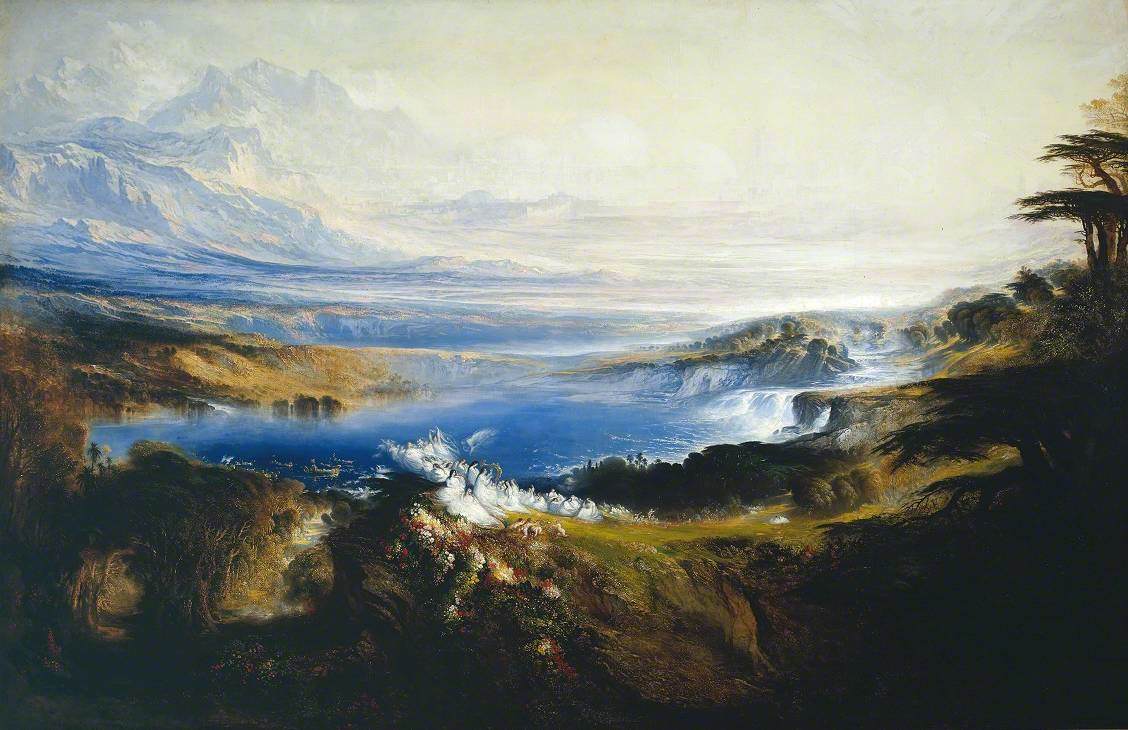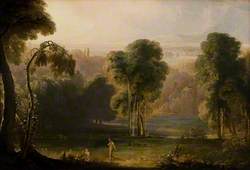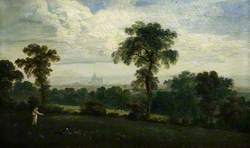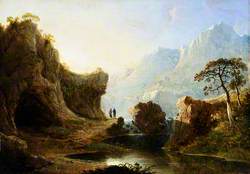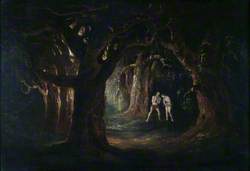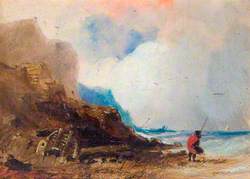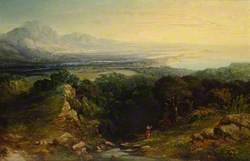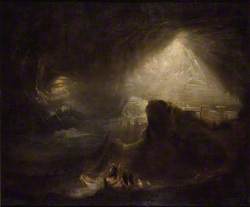How you can use this image
This image is available to be shared and re-used under the terms of the Creative Commons Attribution-NonCommercial-NoDerivatives licence (CC BY-NC-ND).
You can reproduce this image for non-commercial purposes and you are not able to change or modify it in any way.
Wherever you reproduce the image you must attribute the original creators (acknowledge the original artist(s) and the person/organisation that took the photograph of the work) and any other rights holders.
Review our guidance pages which explain how you can reuse images, how to credit an image and how to find more images in the public domain or with a Creative Commons licence available.
DownloadNotes
Add or edit a note on this artwork that only you can see. You can find notes again by going to the ‘Notes’ section of your account.
This is the second picture in Martin's great triptych, known as the 'Judgement Series'. Along with the other two vast panels, 'The Last Judgement' and 'The Great Day of His Wrath' (both Tate, T01927 and N05613), it was inspired by Saint John the Divine's fantastic account of the Last Judgement given in 'Revelation', the last book of the New Testament. Martin's aim in producing this series was typically Romantic: to express the sublime, apocalyptic force of nature and the helplessness of man to combat God's will. Of the three panels, this is Martin's most serene vision. In the central panel, 'The Last Judgement', he separates good and evil by a great chasm, into which the evil are falling. On the far side are the good, assembling in 'the plains of heaven'.
The luminous city of Jerusalem is just visible in the background of the picture, floating in the dream-like atmosphere of the heavenly landscape. The three pictures in the triptych became famous in the years after Martin's death and were toured all over England and America. They were described as 'The most sublime and extraordinary pictures in the world valued at 8,000 guineas' (quoted in Wilson, p.76). Many mezzotints of the pictures were sold, but the vastness and theatricality of Martin's visions now appeared outmoded to the mid-Victorians, and the paintings themselves failed to find a buyer. By the twentieth century, Martin's work had fallen into obscurity and he became known as 'Mad Martin'. In 1935 the triptych was sold for seven pounds and the separate panels dispersed. It was later reunited in the Tate collection in 1974.
Further reading: Simon Wilson, 'Tate Gallery – An Illustrated Companion, London 1990, p.76. Christopher Wood, 'Victorian Painting', London 1999, pp.19-20. Frances Fowle December 2000
Title
The Plains of Heaven
Date
1851–3
Medium
Oil on canvas
Measurements
H 198.8 x W 306.7 cm
Accession number
T01928
Acquisition method
Bequeathed by Charlotte Frank in memory of her husband Robert Frank 1974
Work type
Painting
